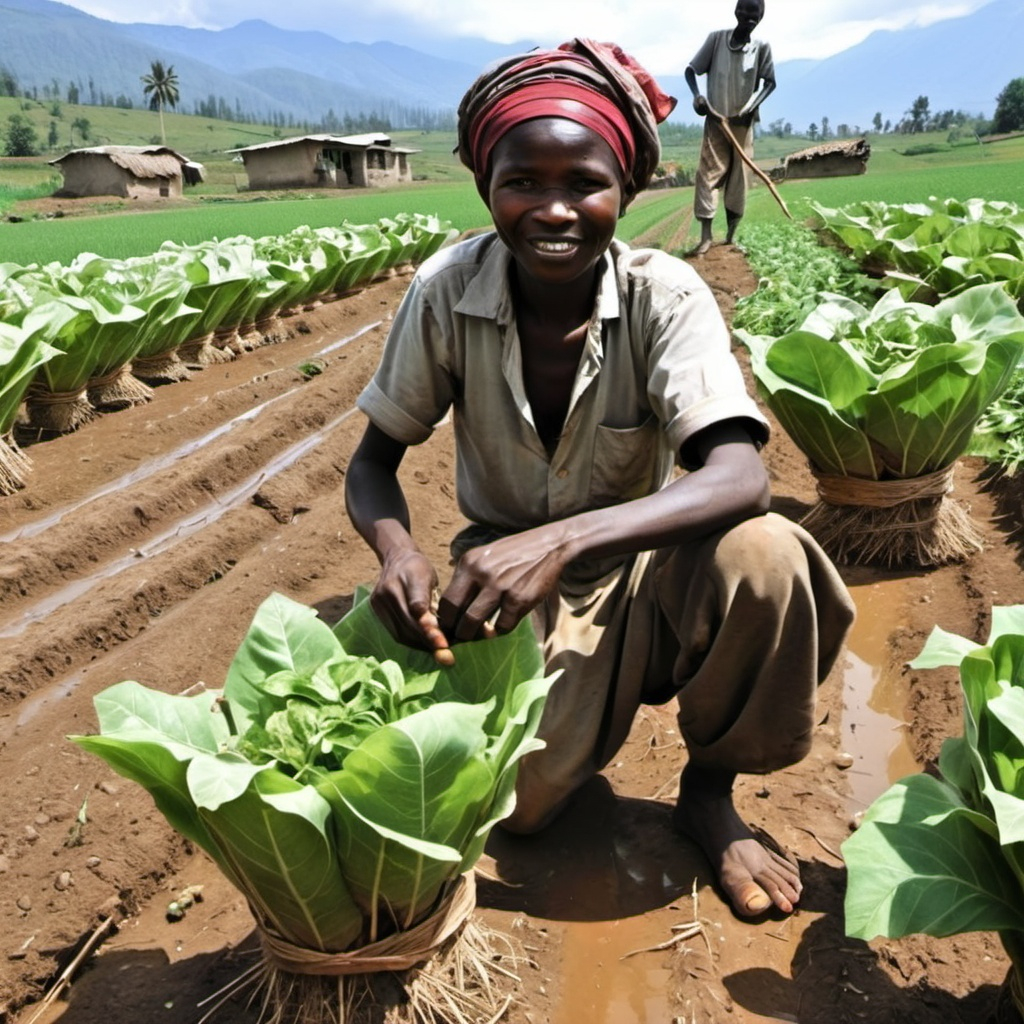
Subsistence agriculture is a type of farming where the primary focus is on growing food to meet the needs of the farmer and their family. Unlike commercial agriculture, which is driven by market demands and the goal of profit, subsistence farming centers on self-sufficiency. Farmers grow crops and raise livestock for personal consumption, with little to no surplus for sale or trade. This practice has been central to human societies for thousands of years and continues to be vital in many parts of the world, particularly in rural, developing regions.
Characteristics of Subsistence Agriculture
Subsistence farming is often characterized by small plots of land, simple tools, and minimal use of modern farming technology. The methods are usually labor-intensive, relying on traditional techniques passed down through generations. Crop diversity is another hallmark, as farmers tend to grow a variety of crops to ensure a balanced diet and reduce the risk of crop failure. Livestock, such as chickens, goats, and cows, also play a crucial role in providing food, milk, and labor for plowing fields or transporting goods.
One of the distinguishing features of subsistence agriculture is its reliance on local natural resources. Farmers adapt to the environmental conditions of their region, working in harmony with the land to sustain their families. In some cases, this involves shifting cultivation, where a plot of land is used for a few years and then left fallow to restore its fertility, or agroforestry, where crops are grown alongside trees to maximize the use of land and resources.
Types of Subsistence Farming
There are various forms of subsistence agriculture, each shaped by the geographical and cultural context in which it is practiced.
- Shifting Cultivation: Also known as slash-and-burn agriculture, this involves clearing a patch of forest or grassland, burning the vegetation to enrich the soil with nutrients, and then farming the land for a few years. Once the soil’s fertility declines, farmers move on to another area, allowing the original plot to regenerate. This method is common in tropical rainforests of Africa, Southeast Asia, and South America.
- Pastoral Nomadism: In this type of subsistence farming, communities rely on the herding of domesticated animals, such as camels, sheep, and goats. Pastoral nomads move with their herds in search of grazing land and water. This system is prevalent in arid and semi-arid regions, such as parts of North Africa and Central Asia.
- Intensive Subsistence Farming: This method involves cultivating small plots of land very intensively, often in regions with high population densities. Farmers use high-efficiency techniques to maximize food production on limited land. Common in parts of East and South Asia, this type of farming often involves the cultivation of rice, wheat, and other staple crops.
Importance of Subsistence Agriculture
Subsistence agriculture remains crucial to the survival of millions of people worldwide. It provides food security in areas where access to commercial food markets may be limited due to geography, political instability, or poverty. Many rural families depend on their ability to grow their own food, particularly in developing countries where industrial agriculture and infrastructure are not as advanced.
This form of agriculture also supports cultural traditions and community structures. In many societies, farming is more than just a means of sustenance; it is a way of life. Subsistence farmers often engage in communal labor, where neighbors help each other plant and harvest crops, reinforcing social bonds. Additionally, traditional farming practices are closely tied to indigenous knowledge systems, which have developed over centuries to manage the land sustainably.
Challenges and Modern Pressures
Despite its importance, subsistence agriculture faces numerous challenges in the modern world. Climate change, deforestation, soil degradation, and water scarcity are among the most pressing environmental issues that threaten the sustainability of traditional farming methods. In many regions, unpredictable weather patterns and extreme conditions make it harder for farmers to grow enough food to sustain their families.
Economic pressures also play a significant role. Globalization and the spread of commercial agriculture have led to a shift in priorities, with some governments encouraging small-scale farmers to adopt cash crops for export rather than growing food for their own consumption. This shift can increase vulnerability, as farmers become more dependent on volatile international markets and less resilient to food shortages.
Moreover, urbanization is pulling younger generations away from rural areas, as they seek better economic opportunities in cities. This rural exodus can lead to a decline in farming knowledge and the abandonment of subsistence agriculture altogether, leaving communities more reliant on external food sources.
Role of Technology in Subsistence Farming
In recent years, there has been growing interest in finding ways to integrate technology into subsistence farming to improve productivity without undermining its traditional values. Mobile phones, for instance, are being used to provide farmers with weather forecasts, market prices, and best practices for crop management. Low-cost irrigation systems and improved seed varieties are also being introduced to help farmers cope with changing environmental conditions.
These innovations can help small-scale farmers increase their yields and secure a more stable food supply. However, the challenge lies in ensuring that technological solutions are accessible, affordable, and adapted to the specific needs of subsistence farmers.